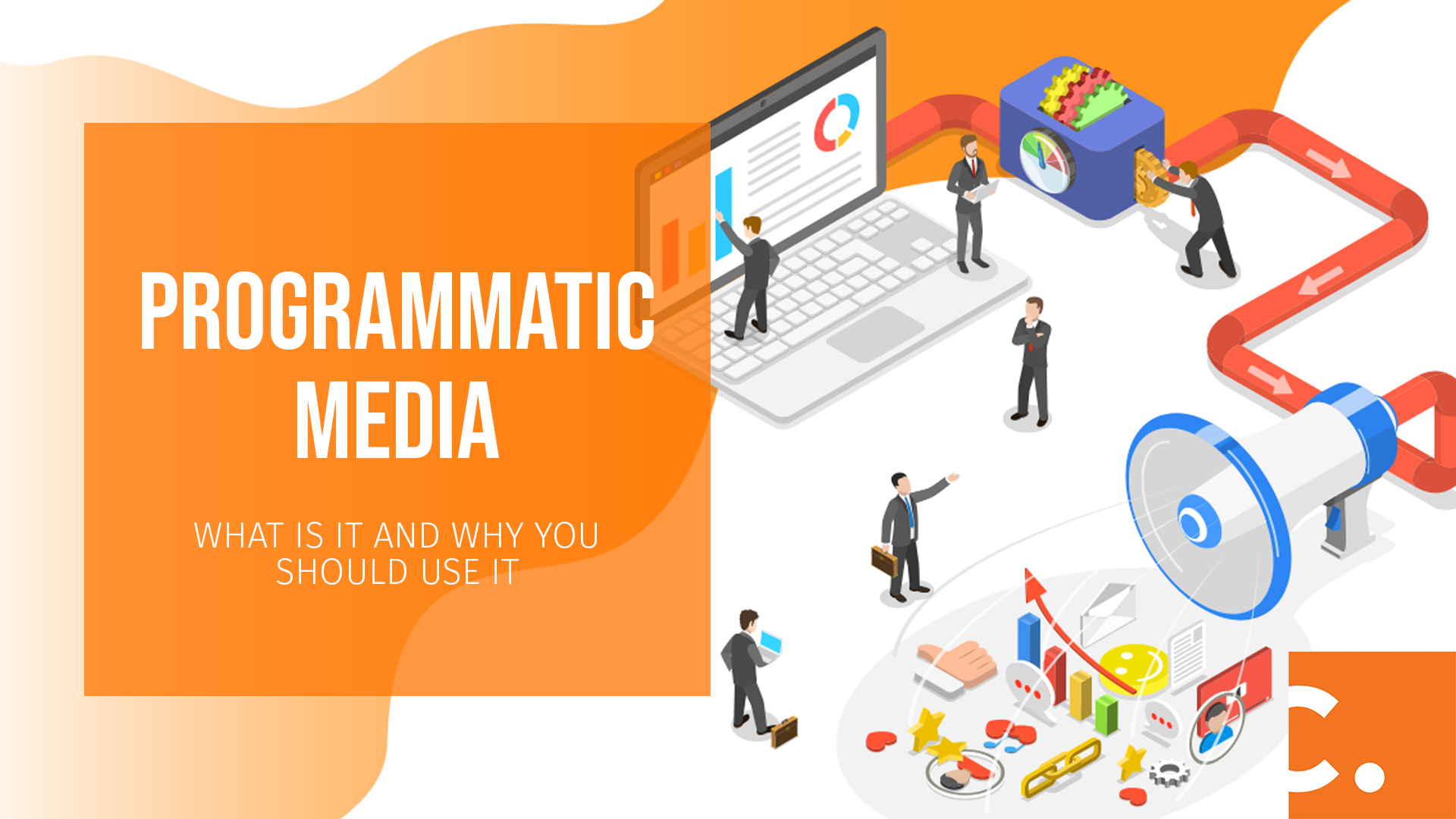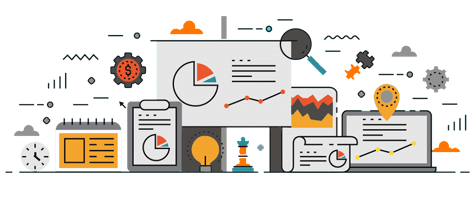
Programmatic media is a powerful marketing tool for businesses looking to maximize the effectiveness of their advertising campaigns and is quickly becoming the preferred way for advertisers to purchase digital ad space.
But if you’re new to the game, you might be wondering what all the fuss is about?
Programmatic media buying gives advertisers more control and access over where their ads are placed and how they are served. It's essentially a set of algorithms that allow buyers and sellers to automatically transact online within an auction-style system.
In layman’s terms, programmatic media allows businesses to target the right audience at the right time, utilizing data and targeting to increase the chances of conversion.
Programmatic media enables buyers to place bids on certain inventory through a demand-side platform (DSP), like StackAdapt, and then pay only when someone clicks or views their ad. Programmatic media also provides advertisers with access to more data, giving them more visibility of how their ads are performing and the ability to make changes in near real-time.
Get a Free Forecast!
Receive a free demo on how and who to target in programmatic media.
Key Benefits of Programmatic Media
One of the key benefits of programmatic media buying is the ability to target specific audiences based on a wide range of data points. This includes demographics, behavior, and interests. By using data to target the right people, businesses can increase the effectiveness of their advertising campaigns and ultimately see a better return on investment.
Traditional media buying, on the other hand, involves manually negotiating and purchasing ad space through various channels. This process can be time-consuming and often lacks the level of targeting and data-driven insights that programmatic media buying provides.
Another benefit of programmatic media buying is the ability to optimize ad spend in real-time. With traditional media buying, businesses often must guess at the best times and channels to advertise on. Programmatic media buying, on the other hand, allows businesses to adjust their ad spend and targeting in real-time based on data and performance metrics, so they can make the most of their budget.
 How Programmatic Media Works: The 5 Step Process
How Programmatic Media Works: The 5 Step Process
The result of programmatic media is a more efficient, cost-effective way for advertisers to get the most out of their digital ad budget. Programmatic media enables buyers to target specific audiences, buy space on quality sites, optimize campaigns according to performance metrics, and scale up or down based on results. It's also much easier than traditional media buying methods — allowing advertisers to save time and money while increasing ROI.
How to Succeed with Programmatic Advertising
Programmatic media makes it easier and faster to buy programmatic display, video, and audio impressions. It also gives you more control over how, where, and when your programmatic ads run. This way, you can get data-driven insights to help you make decisions about how to spend your marketing budget. When you have more information about how to spend your budget, you're more likely to see a higher return on investment (ROI) from your programmatic media campaigns. This means that programmatic advertising can help make your brand's overall marketing more efficient, but there are three key components we recommend you consider before jumping headfirst:
1. Understand the Marketplace
You don't need to every channel all of the time for every placement. Programmatic media buying is a strategy best used when the placements work together seamlessly.
2. Establish Goals from Each Channel
No marketing strategy is complete without having set key performance indicators (KPIs) to measure and a framework to go off of. Using existing data, or even forecasted data, to make and set goals will set you up for success in the "WHY" of using programmatic media strategies.
3. Don't Lose Sight of Human Touch
Yes, technology is awesome! But we need to remember to come back to reality, away from artificial intelligence (AI) technology. Just because programmatic media and advertising utilize algorithms, real-time bidding, and machine learning doesn't mean it's a "set it and forget it".
How to Leverage First-Party Data
Leveraging first-party data in programmatic media can provide a powerful competitive advantage for any business. Companies that incorporate first-party customer and audience data into their programmatic advertising campaigns can accurately target customers in an efficient, cost-effective manner. This enables brands to deliver their messages to the right audience at the right time and place, resulting in improved brand awareness, higher ROI, as well as more effective use of budget.

First-party data gives businesses unparalleled insight into customer behavior, preferences, purchase history and more which can be used to inform decisions around personalized messaging and ads placement. So if you’re looking to enhance the impact of your programmatic media campaigns, first-party data is one strategy worth considering.
Now’s the Time to Add Programmatic Media Into Your Digital Marketing Strategy
Programmatic media gives you control and access over where your ads are placed and how they are served in real time — enabling you to get the most bang for your marketing buck. Now that’s something worth getting excited about!
So, if you're looking to get the most out of your digital ad spend, programmatic media is definitely worth exploring. The potential savings and improved performance it offer should be enough to convince anyone that Programmatic media is a must-have in any marketer's toolkit. Happy Programmatic Media-ing!
Get a Free Paid Media Audit!
Partner With Concept
Share your details and our team will reach out to discuss collaboration opportunities

